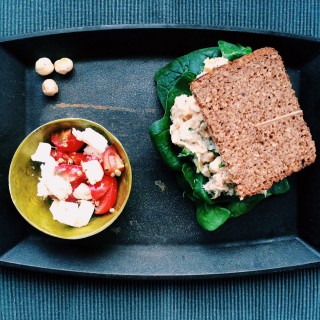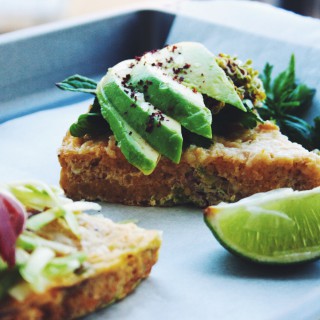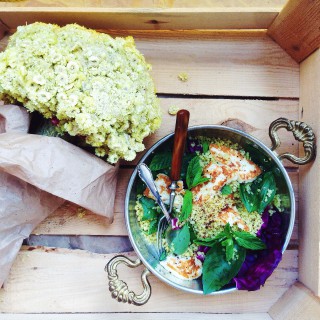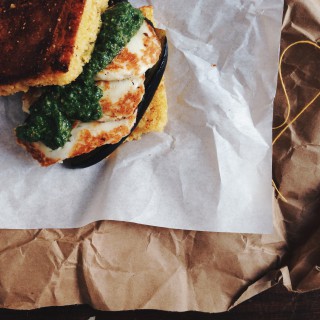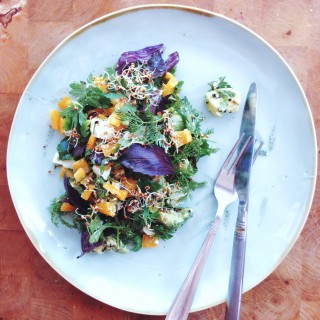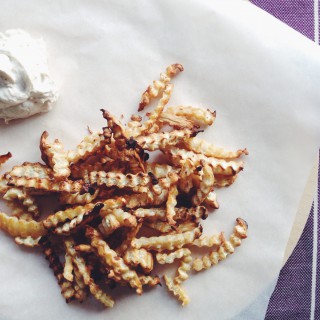Sorry, this entry is only available in German.
(Deutsch) Von einer Insulinresistenz, einer Schilddrüsenunterfunktion und den LowCarb Brötchen (glutenfrei, getreidefrei)
(Deutsch) Und was isst du dann? Ein Kochbuch über Leckerstes. Glutenfrei, pflanzlich, zuckerlos
Superfood Kumpir: Turkish Baked Potato with Avocado, Salmon and Turmeric Yogurt Sauce
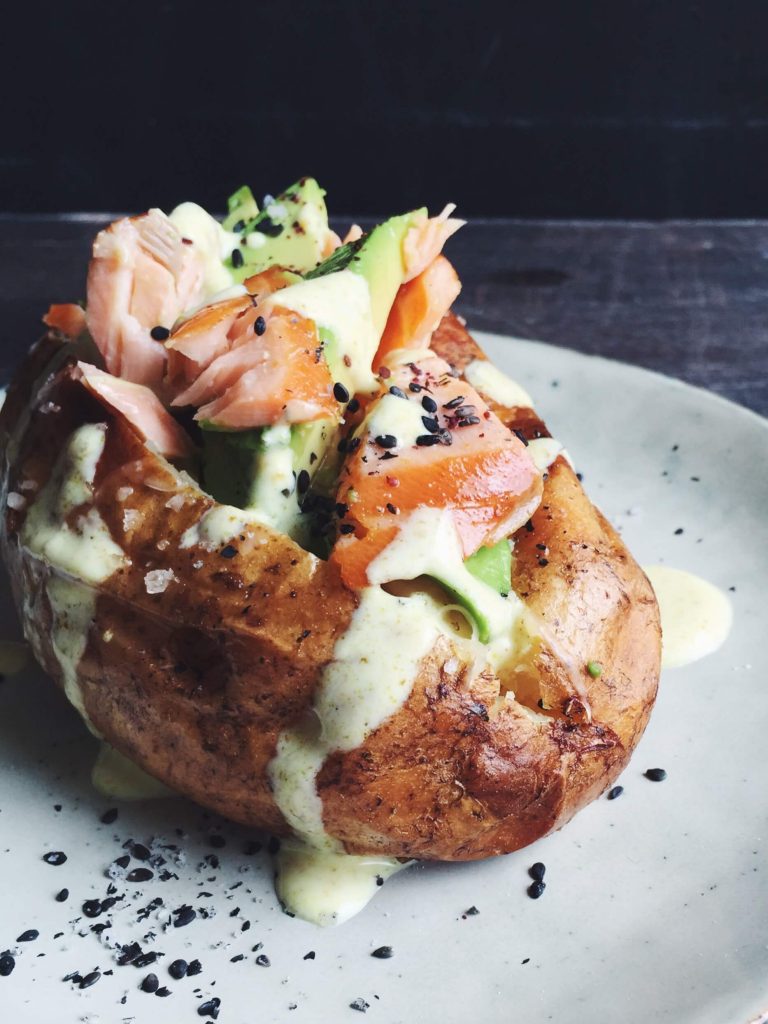
Don’t be fooled. This is not your ordinary baked potato. Just speaking of ‘Kumpir’ (pronounced koompeer) is like diving deep into the sunday-cravings of just about every Turk living close to the Bosphorus. Heading out to grab a Kumpir on any given weekend is the equivalent of Berliners going out to a club on Sundays. It’s just something you do. No questions asked. What’s more, a week without just doesn’t feel right. Especially now with all the political turmoil going on, grabbing a Kumpir feels like taking one last bite of normality.
For those of you who haven’t heard of Kumpir yet, it is a massive baked potato drowned in sauces, overflowing with all kinds of processed salads, sausages and cheese. Yes another one of those bummers for us FODMAPers. The good news, it couldn’t be easier to turn this dish into some full-blown, low FODMAP deliciousness. You can top it off with everything that makes you purr with delight. Following a first ‘healthy’ kumpir recipe in my cookbook, I thought I’d share another winning combo with you today!…
Weekday Breakfast Fix: Sugar Free Millet Porridge With Turmeric and Almond Milk
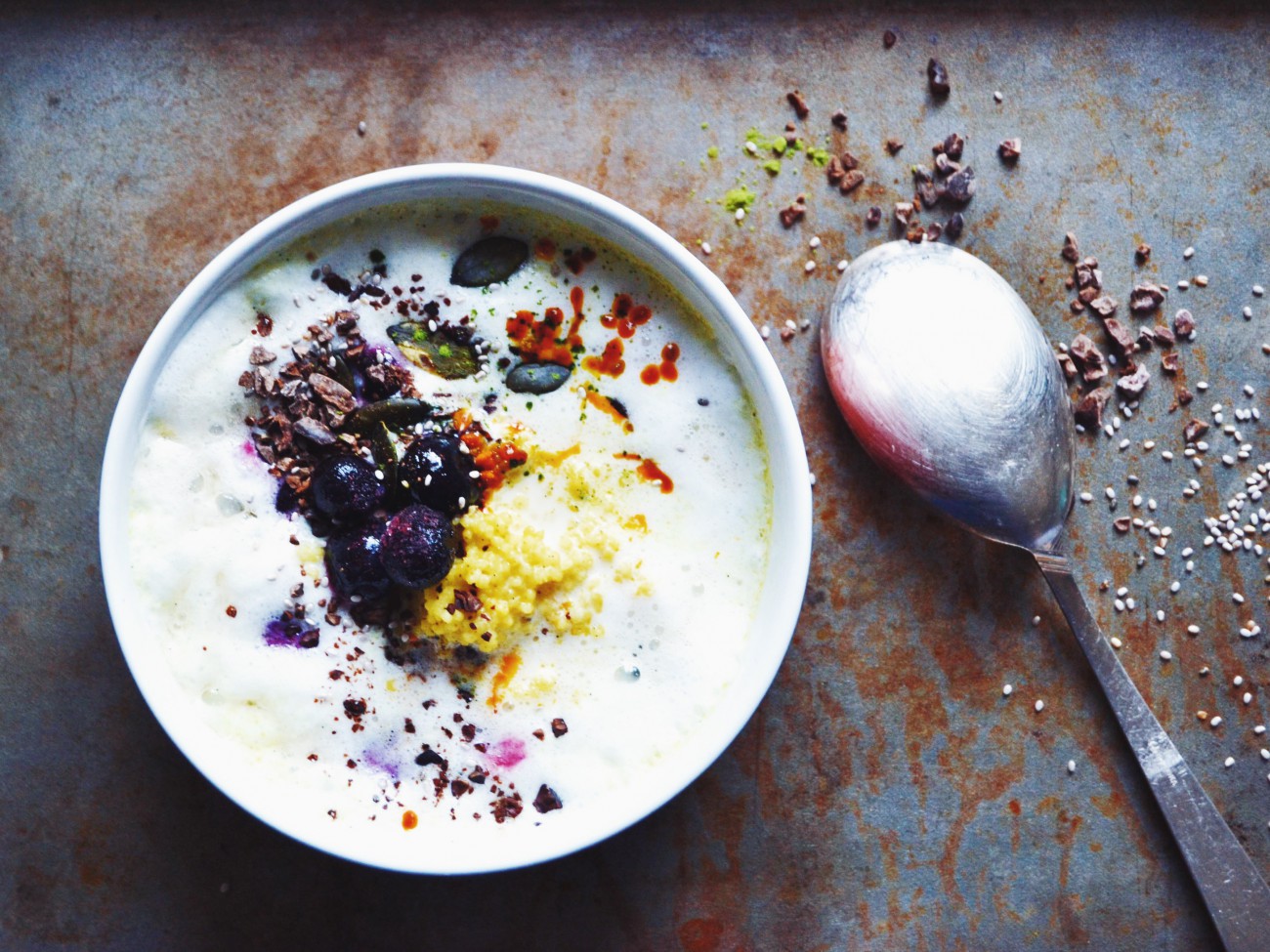
I don’t need to open my eyes to know it’s still dark outside. I wrap the blanket a little tighter around my body while trying to hit the “snooze” button as quickly as possible. But before the alarm hits off again, I already slip out of bed to make my way into the kitchen. I’ve come to learn that there is nothing worse then getting up at a cold and dark winter night, than being stressed out on a cold and dark winter night. I usually trick myself into getting up on time by treating myself to a piping bowl of porridge. Right now I’m back at millet, one of my favorites ever since turning my back on wheat. I always add coconut oil and turmeric to it. The base itself provides me with just enough of the nutritional goods to keep me going until lunch. To make it more fund I add some crunch and mix the bitter from the raw cocoa nibs with the mild sweetness of the rice mal syrup.
And boy, isn’t it really beautiful to look at too? It looks like the whole universe unfolding right in front of me.
What’s your secret to getting up on time these days?…
5 Ingredient Low FODMAP Challenge: Mackerel-Hazelnut-Spread With Feta-Tomato-Thyme-Salad
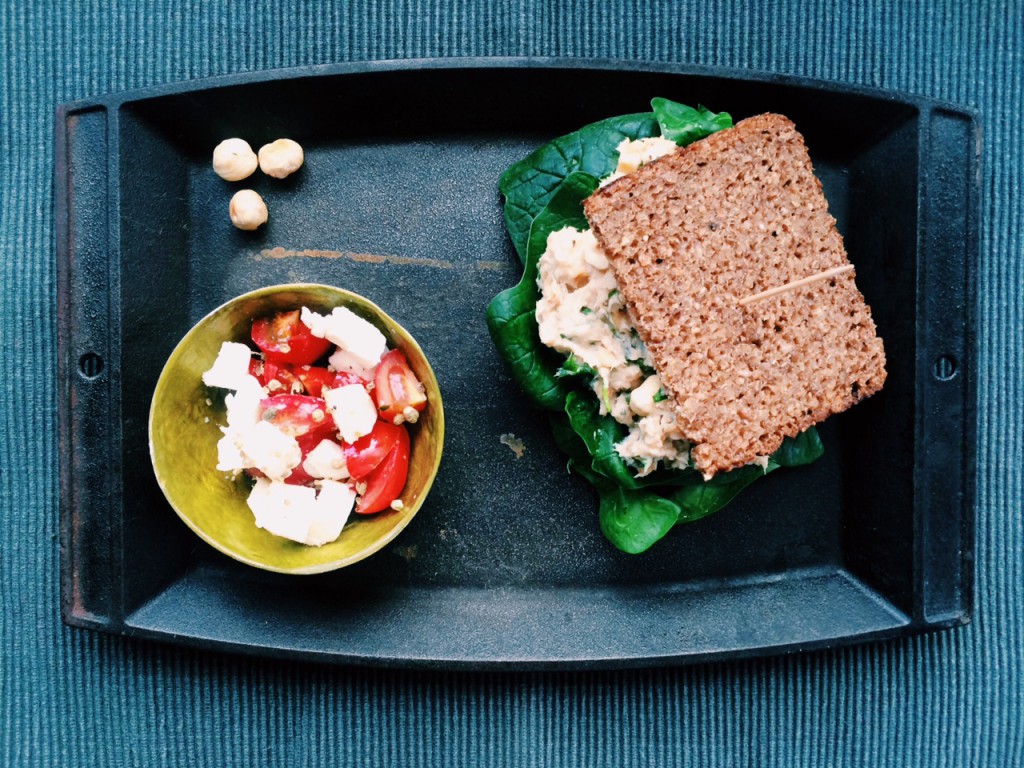
Food blogger are a tight-knit group of people. We comment on each other’s Instagram posts, retweet like hell, delve into each other’s blogs and seem to “know” the same people. Sometimes we even exchange a few mails or invite one another over for an interview. If we seem to get along like mac ‘n’ cheese, we might even meet up for lunch. Crazy on one hand. Brilliant on the other. I really appreciate those virtual connections, as I’m not granted any fructose malabsorption allies among my circle of real-life friends. So just like you ask me your questions, I send mine over to Steph, Melissa, Sonja or Colleen.
Just like you, Colleen has a long past spiked with ups and downs: She went through numerous surgeries, and was officially diagnosed with Hashimoto and Irritable Bowel Syndrome (IBS), just to name a few. At some point Colleen was sick and tired of being sick and tired and decided to henceforth focus on her personal healing process and that of her clients. As a certified nutrition counsel she is an expert on all things FODMAP and develops fun recipes for her site FODMAPLife.com. With over 42.000 follower on Facebook she also built up one of the most successful communities for food intolerances, irritable bowel syndrome, coeliac, Hashimoto’s and Crohn’s disease.
Because I’m a huge fan of Colleen’s work myself, there was no way of turning down the low FODMAP cooking challenge she came up with. …
Devil’s Dung, certified fructose free: Asafoetida
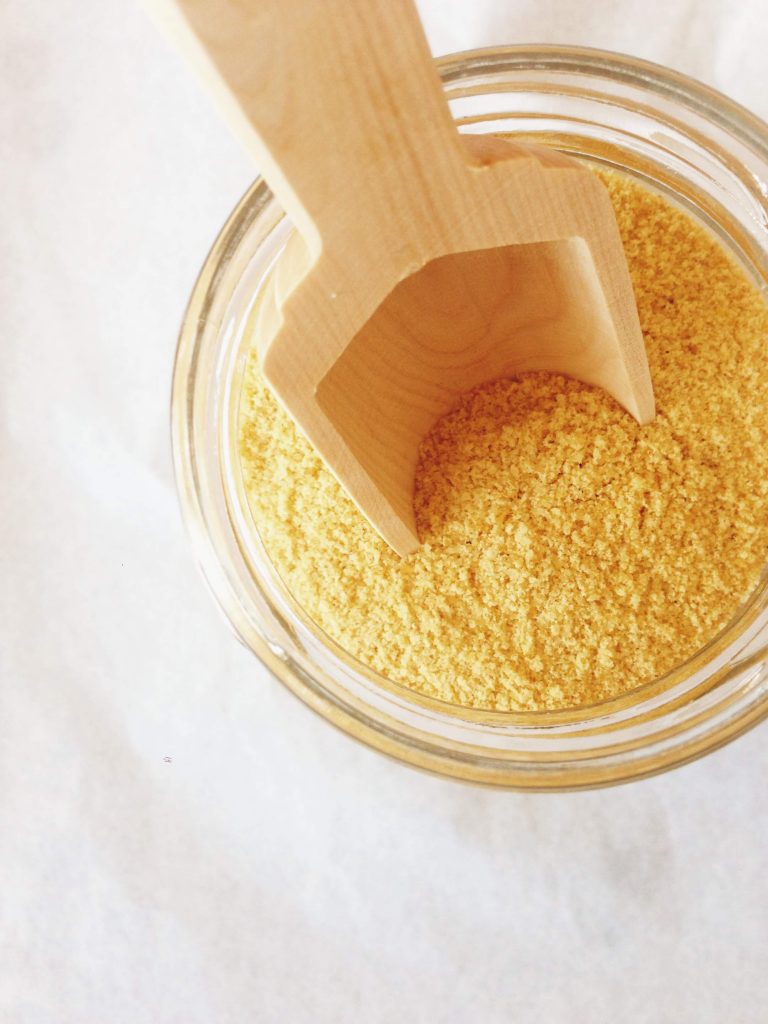
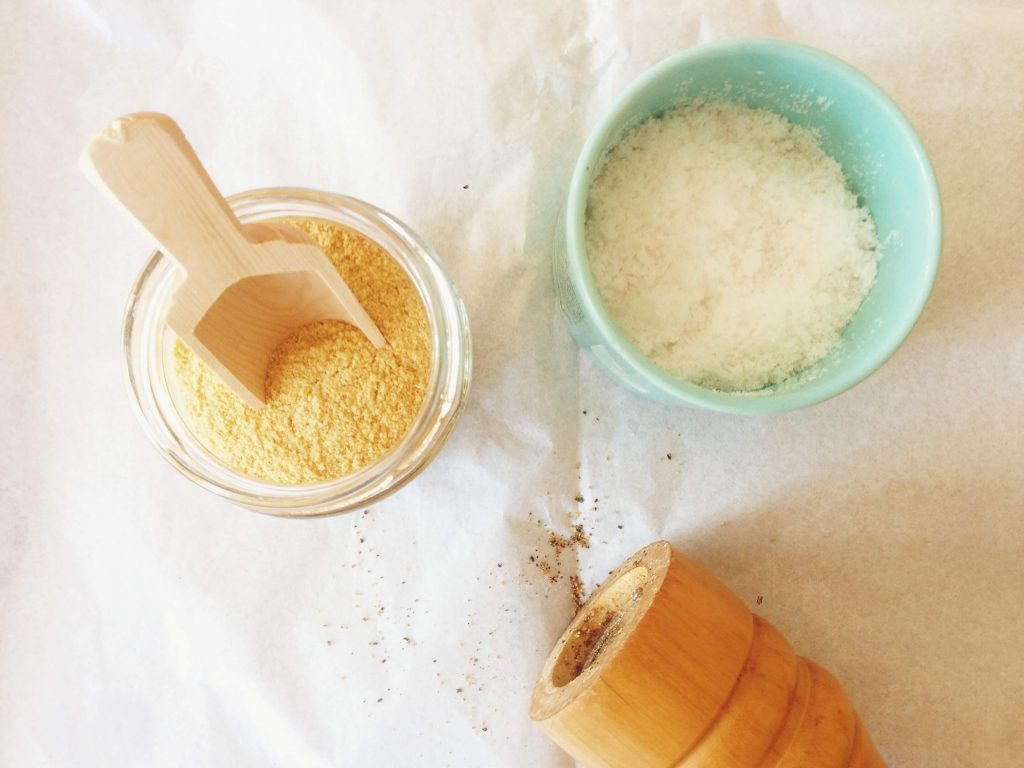 Last month I treated myself to a little something special. No, I didn’t visit any expensive restaurants, nor did I spend a day at a local Hamam (well actually, I did that too). I did however venture into the world of Ayurveda. Seriously? Ayurveda? Yes, seriously. At the end of the day everybody has their own idea of what a proper ‘treat’ should look like, right? And no, just to spoil the premature excitement and even though that would have been a nice treat as well, I didn’t spend 4 weeks at a yoga resort, meditating all day and sipping on one chai after another, as might be the common association when it comes to Ayurveda. (Note to self: Remember to travel to a distant place and meditate for four weeks someday). Anyway, my exploration into the field of Ayurveda was of course food related and came in form of an Ayurveda cooking class. It sounded interesting enough to make me get up very early on a Sunday morning and literally hop on a ferry to the Asian side of Istanbul.
Last month I treated myself to a little something special. No, I didn’t visit any expensive restaurants, nor did I spend a day at a local Hamam (well actually, I did that too). I did however venture into the world of Ayurveda. Seriously? Ayurveda? Yes, seriously. At the end of the day everybody has their own idea of what a proper ‘treat’ should look like, right? And no, just to spoil the premature excitement and even though that would have been a nice treat as well, I didn’t spend 4 weeks at a yoga resort, meditating all day and sipping on one chai after another, as might be the common association when it comes to Ayurveda. (Note to self: Remember to travel to a distant place and meditate for four weeks someday). Anyway, my exploration into the field of Ayurveda was of course food related and came in form of an Ayurveda cooking class. It sounded interesting enough to make me get up very early on a Sunday morning and literally hop on a ferry to the Asian side of Istanbul.
The term Ayurveda translates to something like ‘wisdom of life’ and is known as a traditional Indian art of healing. Even though the Ayurveda teachings go way beyond just knowing how to nourish your body, that is the part I’ve been coming across quite often lately,which doesn’t come as a surprise. The teachings of Ayurveda seem to know it all, when it comes to calming down and healing a stressed stomach and an unbalanced digestion. And thus I embarked on a welcome excursion into an ancient knowledge promising to treat several unwelcome dietary symptoms. Who wouldn’t, right?
Needless to say, I was pretty excited about the upcoming class and looking forward to acquiring new insights and inspiring recipes, while happily munching on food all day long. My expectations were by far exceeded, thanks to Ulli, the very knowledgeable and kind Ayurveda expert and yoga therapist holding the class. In just four hours she introduced us to a broad palette of herbs and spices as well as to their individual and combined healing benefits. We also talked about sprouting and soaking and on how to make food easier on the stomach in general. Which might further emphasize why this class was invaluable to me. Even though I tend to choose my ingredients wisely when cooking at home, there are still some things that upset my tummy to a certain extent, though they shouldn’t according to so-called popular science. I’m sure that with Ulli’s advice I’ll soon be kicking some serious symptom butt. The best thing about the class though, was it’s simplicity. That’s what made the whole Ayurveda approach so appealing to me in the first place. Despite the many ingredients in use and the alternate approach to what most people dub a normal diet, it is highly applicable. Integrating certain ideas and ways of nourishing in my day to day food routine even felt easy and natural. After all, nobody’s asking you to turn into a fulltime Yogi, right? (I just wanted to make that clear in case this post was getting a bit too spiritual for you 😉
Such a long introduction and I still haven’t told you about the thing that got me most excited during the class, which was a malodorous, but promising ingredient by the distinct name of Asafoetida. Malodorous? You might ask. Well, a spice commonly known as devil’s dung does not necessarily provoke odorant thoughts of a beautiful flowery Spring meadow. Unless of course meadows full of dung are your thing. Asafoetida, aka devil’s dung or hing, has been a staple in medicinal history for centuries but is rarely found in most modern cuisines, except for maybe the Indian. But let me tell you why Asafoetida is of such interest to us FM’ers. I mean, who would voluntarily add something to a dish that smells of rotten eggs? Two words: Garlic & Onion. Seriously, I couldn’t believe my ears when hearing nor my tongue when tasting it. Sparingly used and when heated in some fat, Asafoetida loses its ‘sharp’ taste and releases subtle tastes of onion and garlic, without causing the painful symptoms and bloated stomach. In fact its effect is quite the contrary. It is known to calm the stomach and reduce flatulence. Would somebody responsible for causing this spice’s near passing into oblivion please raise their hand? It’s scandalous and I need someone to blame. …
Almost December, Time Tor Candied Almonds (Sugar Free)
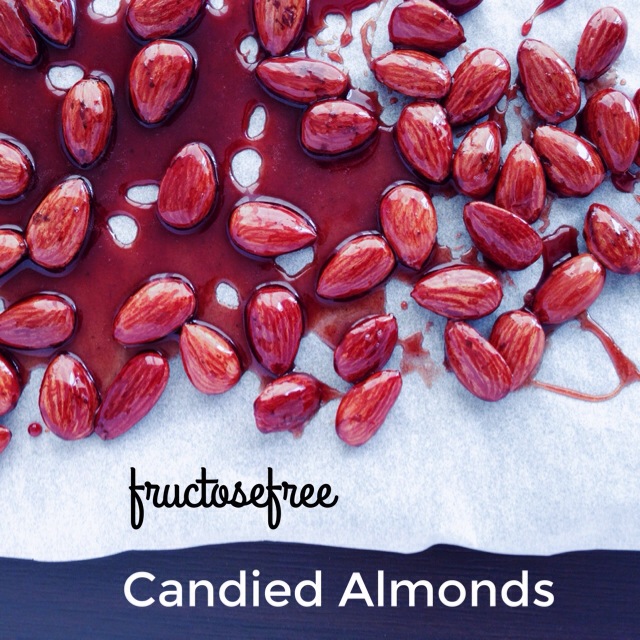
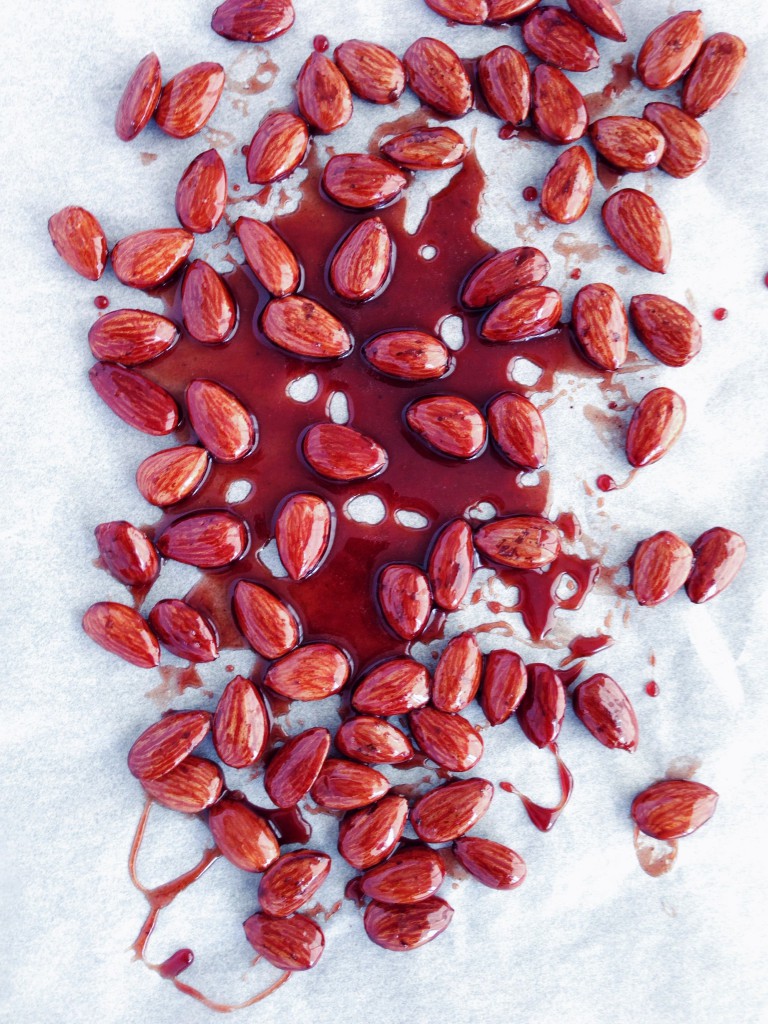
With my eyes wandering back and forth between my calendar, my weather app and my window to the world outside, I do not know whether to be happy or sad. Sunday will be the first day of December and also the first Advent. Time to light the first candle and open the first small package on the Advent calendar. It should be freezing cold and grey outside, but it isn’t. And there should be small, wooden houses all over the city, selling wooden toys, woolen socks, hot wine punch and candied almonds, but there aren’t any of those around here either. Even though I won’t miss the corresponding ice-cold temperatures, I will sure miss the evenings spent at the German Christmas markets. To make up for their absence I made this batch of homemade, fructose free candied almonds. Perfect for a cozy first Advent Sunday at home.
Enjoy Christmas baking and the first Advent weekend!
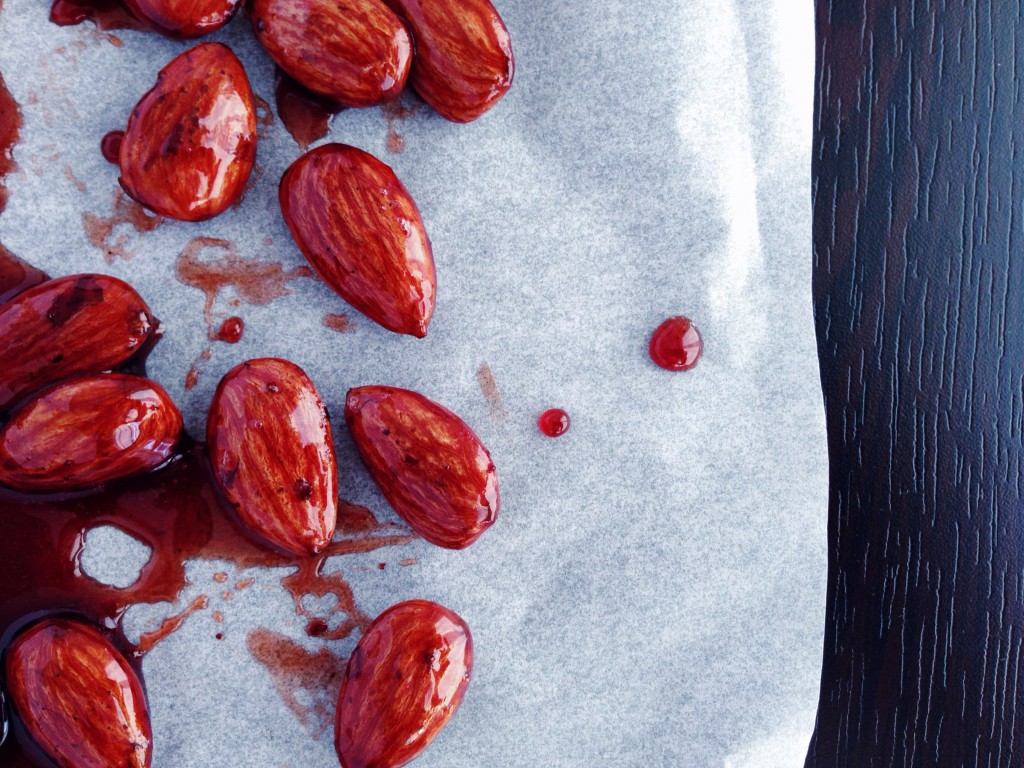
…
Going gluten free part I: Research, new findings and FODMAP Diet
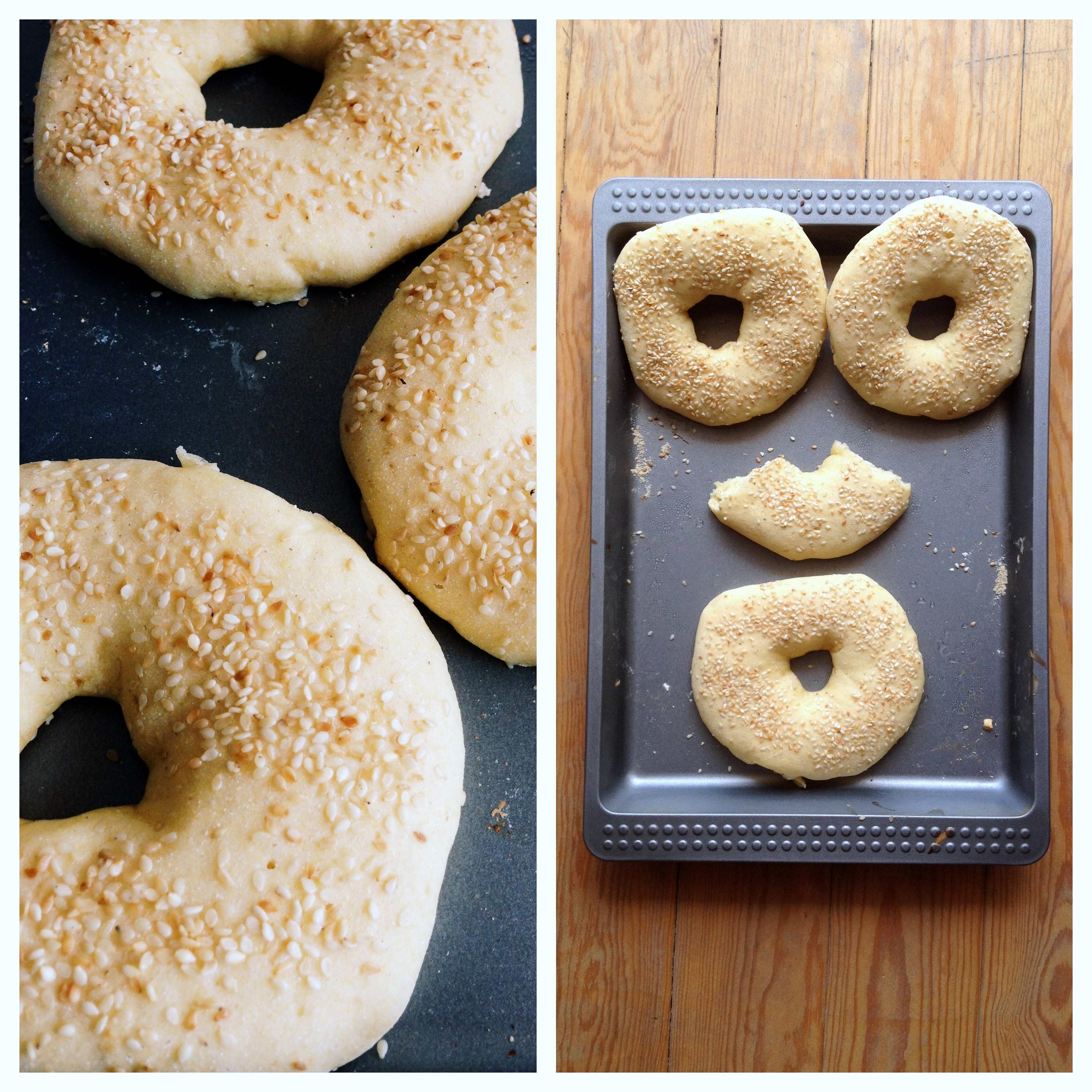
In my last post I hinted to the fact that I quit eating gluten a few weeks ago. For some of you this might not come as a surprise, for others this may actually be a big one. That‘s why, before elaborating on what it actually felt like going cold turkey, I‘d like to start by sharing my reasons for making this decision in the first place. Or let‘s just say, why it took me so long to do so.
I must confess I usually don‘t bother staying up to date on fructose malabsorption as there are rarely exciting new findings. But once in while I go back to checking on lists and books and what experts have had to say on the topic to see whether I am remembering things correctly or simply to nurture my “I‘m actually lucky that fructose is bad for me, because it‘s just a bunch of crap anyway” attitude.
Recently I joined a Facebook group full of amazing people, all dealing with their individual daily ups and downs as a result of fructose malabsorption. Everybody is really helpful and speaking frankly about symptoms and experiences. And trust me, nothing is more encouraging and helpful than reading the stories of fellow fructose malabsorptioners. Most of the members in this group are living in Australia where people seem to be more familiar with FM and the food industry seems to have adapted to peoples’ needs already. Unlike Germany or Turkey. Closely following the group discussions I wondered why most of the group members follow a gluten-free diet without being gluten intolerant. I never quite understood why someone would burden themselves with even more food restrictions than necessary. All my German books on FM consider wheat and other grains to be on the safe side, so the FM couldn‘t be the reason for this could it? Since being diagnosed with FM I started to cut out fructose as found in fruits, vegetables, sweets and processed foods from my diet, but otherwise continued to eat bread, pasta and other doughy things like I was used to do. I never really questioned that there was something wrong with this or that or that the information at hand might not even be tried and true. I‘m imagining those of you who are familiar with the FODMAP diet shaking their heads in utter disgust right about now.
What can I say, other than it took me a while to figure out that most of the group members follow this so called FODMAP diet. The FODMAP diet was originally designed for people suffering from irritable bowl syndrome (IBS), but parts of its guidelines are also recommended to people suffering from FM. After all there can‘t be so much wrong about it if so many Australians follow it so I decided to dig a little deeper. The FODMAP diet divides foods that should be avoided into five different categories: excess fructose, lactose, fructans, galactans and polyols. The food groups that should be cancelled out when suffering from FM are fructose (no surprise there) and fructans. A term I hadn‘t come across so far. The fructose group includes foods like honey, apples, pears etc. Foods I haven‘t touched in years anyway. So again, no surprises there. The other category, the fructans, felt the same at first, except for one thing. Guess what, wheat. I blinked a few times, but it was still there. A list stating that wheat is out.
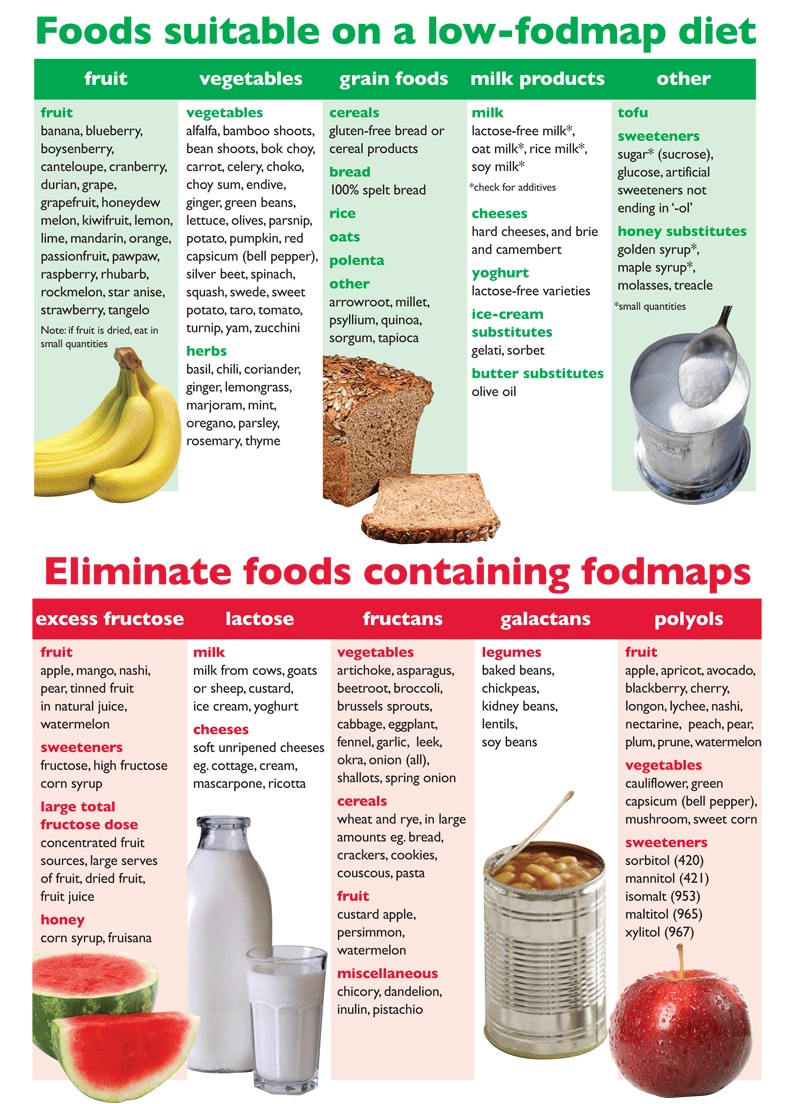
At first I was kind of shocked, because, like I said, I was eating wheat products all the time. But suddenly all fell into place. The whole thing started to come together and make sense to me at last. It finally understood, why so many of you are eating gluten free. And even more important it finally offered an explanation as to why, no matter what I ate or how much, by the end of the day I would still look like seven months pregnant. Even though I’m on top of things most of the time when it comes to the known symptoms such as constant fatigue, flatulence, headaches, sugar cravings, bad breath … the bloating still showed up on a daily basis and I didn‘t know why. But now I had a lead at last. I didn’t need to think any further, whether to follow up on a gluten-free diet or not.
Here is what Sue Shepards advises to minimize symptoms, when suffering from fructose malabsorption:
- Avoid foods that contain excess fructose: honey, apples, mango, pear, watermelon, high fructose corn syrup, corn syrup solids
- Avoid dietary sources of fructans: artichokes (globe), artichokes (Jerusalem), asparagus, beetroot, chicory, dandelion leaves, garlic (in large amounts), leek, onion (brown, white, Spanish, onion powder), radicchio lettuce, spring onion (white part), wheat (in large amounts), rye (in large amounts), inulin, fructo-oligosaccharides.
- Reduce the fructose load
Source: Sue Shepherd
That’s how the whole gluten-free experiment got going. It’s been 8 weeks now since I cancelled out all sorts of wheat products from my daily diet, which is no easy task living in Turkey. Here everything is served with tons of fresh bread, people eat a soup thickened with flour with every meal and mix orzo noodles in rice. Food life has definitely become more challenging. But everybody is like “Tell me about it!” right now, I guess. =)
If you want to hear more about my gluten-free journey, the kind of dietary changes I made and the withdrawal syndromes I never expected to suffer from, stay tuned. More about this in my next post.
P.S. Are you guys eating gluten-free already? If not, have you considered doing so?
On to-do lists, gluten, birthdays and fructose
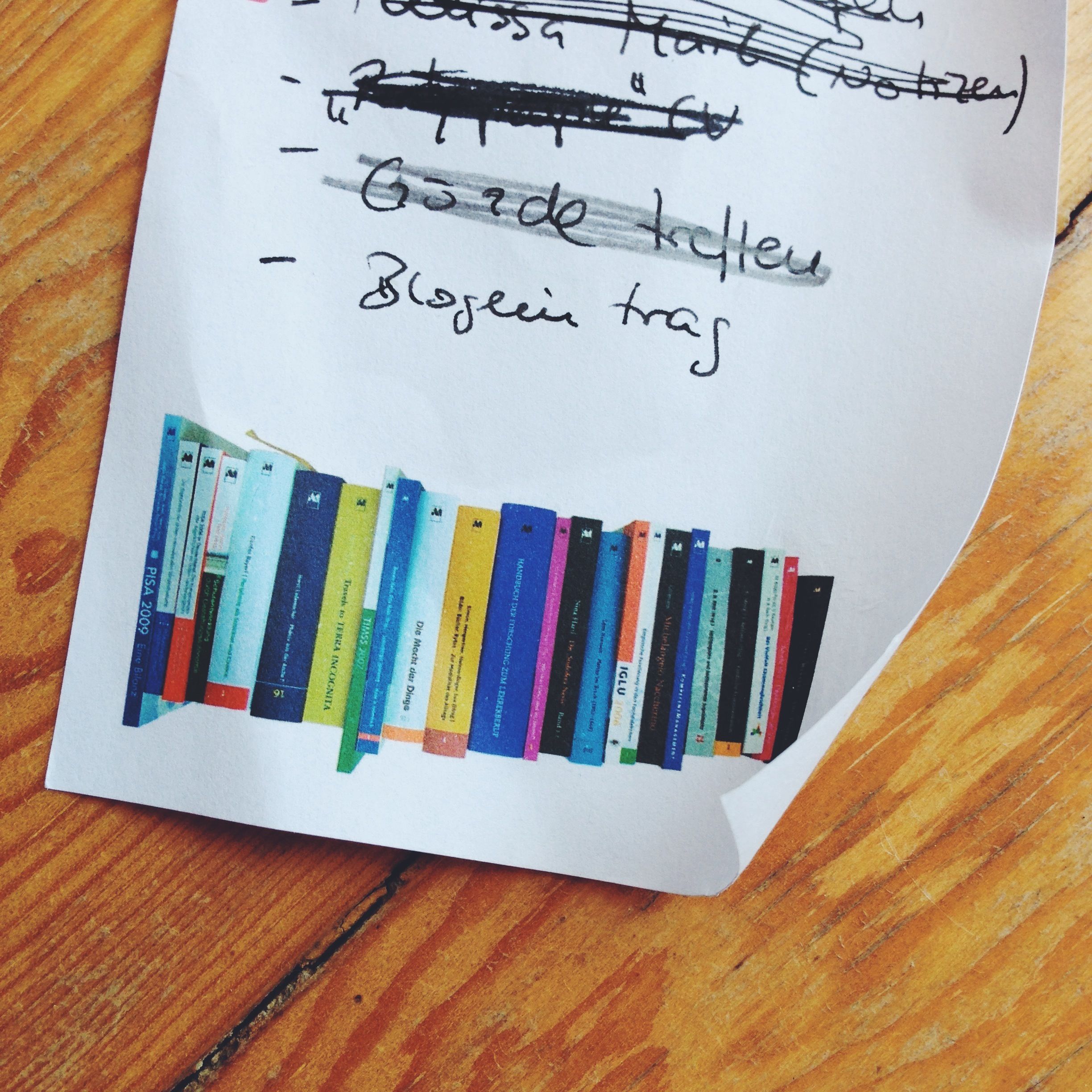
I‘m a big fan of to-do lists, both handwritten and digital. I also love getting the individual to-dos, want-to-dos or whatever you like to call them depending on their respective level of fun back off my list and off my back for good. But sometimes one of the to-dos decides to stay on the list. It is times like those, when I simply can’t complete the job at hand. Instead that small to-do becomes a ubiquitous mental note, floating above of my inner mess of thoughts, making me more miserable and more afraid to tackle it with every day I’ve failed to approach it. I hate it. Believe me, I’m not talking about some dreadful task here. I just hate it, because I know perfectly well that getting it done would be an easy way to clear my mind. Yet I still fail to follow through.
This is why I was afraid to check the date of my last post here. I still haven’t looked it up. There is no need to. However long it has been since my last post I haven’t forgotten what I’d been meaning to tell you:
For one, we have been welcoming, hosting and seeing off a steady flood of visitors from home who seized their summer holidays as an opportunity to explore Istanbul with us. So there we were, guiding our guests, showing them around, running up and down the hills of this beautiful city at a constant average temperature of 32°C/90°F in the shade and taking a break here and there making me unlearn snacking for the ‘I’ve stopped counting’-est-time.
I also missed out on telling you that it’s been 8 weeks now since I cancelled wheat from my diet. I had kind a sudden sort of epiphany, when I realized why so many of you fellow fructose malabsorptioners avoid wheat. Food life has been quite adventurous since I started my gluten-free journey and there is much to tell you about in my next post.
We also celebrated a birthday, my very own thirtieth birthday to be precise, which I still find slightly weird realizing it is my own age. But if being in ones thirties means getting a fructose friendly cheesecake from my boyfriend I willingly embrace this new era. He kindly gave his permission to share the recipe too and so I will, shortly.
On another note I missed out on sharing the following article, which reminds us of why it’s a good thing, that fructose is bad for us and why it‘s worth it taking a stand against this little monster day in day out. Read it here. Found on No Sugarless Gum. Thanks for sharing Paige!
So much for my long overdue update. It was good to catch up. I’m looking forward to sharing more details on my newly acquired fructose AND gluten free eating habits with you soon! Have a great Sunday!
